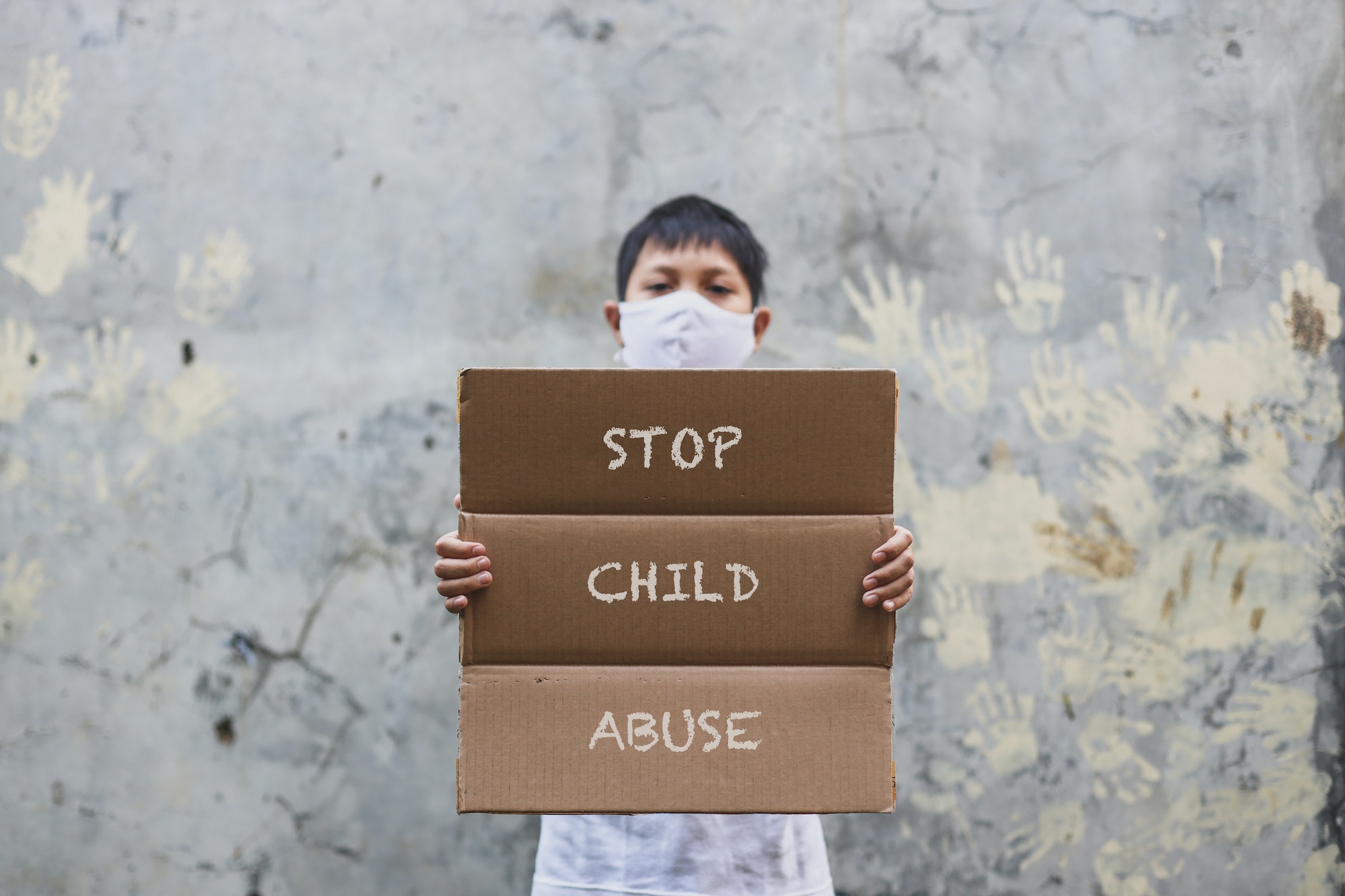We have become more aware of abuse in children in recent years. This is often a topic to be approached delicately as it can cause friction between the doctors and the parents/guardians.
Child abuse is also known as nonaccidental injury in the academic literature.
There are many kinds of abuse that can happen to children but the one managed by orthopedic surgeons is physical abuse.
In this article, we shall show you ways to suspect if a child has been physically abused and the various ways orthopaedic surgeons treat these children.
Anyone can abuse a child but the most common culprits are the immediate family. The abuse is most common in children under the age of 1year.
Which Children are at higher risk of abuse?
According to this article, the children who are at a higher risk of abuse are;
- First-born children
- Male children
- Preterm babies
- Step children
- Children with special needs
How do we suspect an injury to be as a result of child abuse?
- Fractures in children less than 1year
- Fracture patterns that don’t align with the mode of injury the parents say
- Parent’s description of the history of presenting complaints that doesn’t add up
- X-ray that show multiple fractures at different stages of healing.
Do you need to see a paediatric orthopaedic surgeon?
How do orthopedic surgeons Investigate child abuse?
- X-rays of the injured bone for example Xrays of the broken femur
- Skeletal survey. These are basically X-rays of the whole body showing the skull, the cervical spine (part of the spine in the neck), the chest, the arms and forearms, the pelvis, both femurs and tibias, and the feet.
- CT scan of the brain. This can be done if there is suspicion of injury to the brain.
Common Xray features of child abuse
- Multiple fractures at different stages of healing
- Rib fractures
- Spine process fractures
- Fractures of the legs in children who aren’t able to walk yet.
- Metaphyseal corner fractures
Treatment of injuries from child abuse
Treatment of children suspected or confirmed to be victims of child Abuse is multidisciplinary. The team will involve pediatricians, social workers, psychologists or child psychiatrists, and other subspecialty teams like orthopedic surgery or neurosurgery.
Treatment of orthopedic injuries
Most of the treatment is often nonoperative involving casting or splinting.
In some cases, surgery may be needed to align the fractures better.
Other parts of care may include;
- Protecting the children from their abusers by placing them in secure homes.
In summary, Child abuse is very common and yet very easy to miss. It is important for doctors to carefully review the history and the type of fractures sustained and see if they align with the described mechanism of injury.
The care for these children is multidisciplinary and orthopedic surgeons are needed in the event of fractures.
